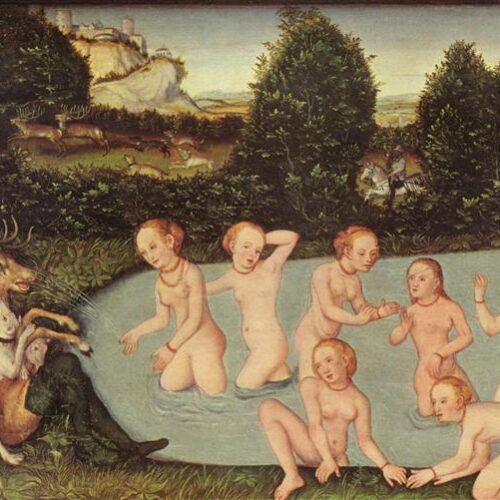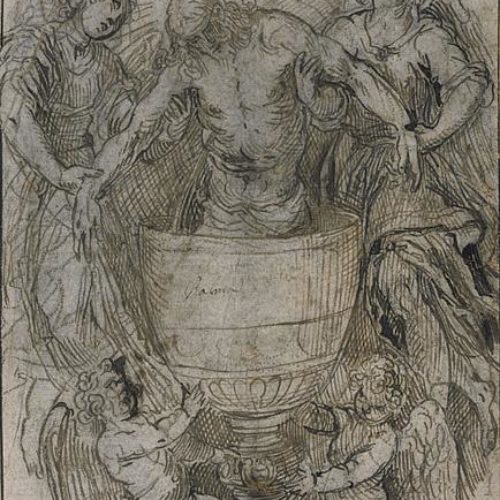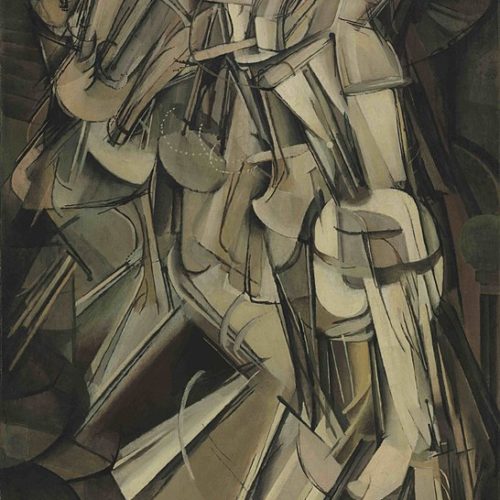What is Consciousness?
Our whole means of existence is the ability to perceive and navigate through the real world, thus enabling survival and physical existence through evolutionary time. Humans never could have come to exist today if they were not physical machines capable of the genetic replication that has granted us existence in this particular point in the history of the world. Our whole body has behaviors which keep the whole system together and functioning, and every cell, theoretically, plays a role towards this genetic proliferation. But why does a physical-biological machine such as ourselves have to have a subjective experience of the world? Why do I have to experience the world for me to exist in it?
This is a question asked for centuries and is now tackled by philosophers of mind. I cannot hope to answer it fully, but I do hope to shed light on the question itself. I want to begin by defining what it takes to cause our existence (evolutionary survival) and how basic consciousness can be defined.
The Simple Requirements of Existence
The first question to ask in wondering how physical material can turn a perceptive light on the world is this: how have we come to physically exist as the complex entities that we are in this point in history? The preliminary answer: there must be some way that we, in the process of evolving into the species we are today, can detect and respond to elements of reality that threaten our existence or are opportunities to replicate.
The ability to perceive and the ability to react are the primary requirements for all life that needs to survive and replicate in harsh environments. The perception-reaction dyad may also be the key to bringing about the subjective consciousness that we experience. We shall start at the least conscious of creatures.
If like a particle we can merely bounce around the world without needing to perceive it, we would remain simple like a particle. But even the particle is not isolated. It too perceives, or rather, it reacts to a condition: the particle perceives and reacts with no hesitation. We call this cause and effect at its most elementary, rather than perception and reaction. A few more steps are required to humanize it in our language.
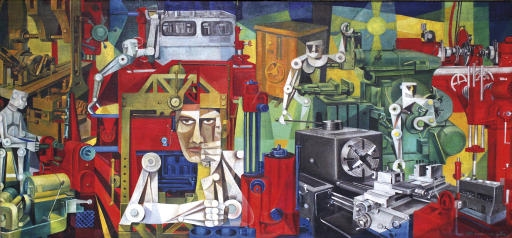
At the origins of life, however it happened, particles gathered and grew more complex. These new chemicals (DNA) could replicate, and their existence today is a testament of their ability to navigate the world and continue the replicate themselves and grow more layers of ability to perceive and react. For a reproducing thing to exist today—and all life is this—it must have “wanted” to survive and reproduce. Of course, it does not want this, it has merely done this mechanically, and over time it has grown more complex and created more complex ways of doing this to maintain its complexity. A particle is care-free in that it does not have any mechanism that prolongs its existence. But any life-form we see today has existed because of perception-response mechanisms which allowed it to continue existing as a slightly changing genome that sheds a biological shell every generation.
For that reason, our bodies must gather relevant information about the world so that it can react accordingly, to exist in the complex way it has been patterned to exist. We need to perceive in order to continue our biological operations that have granted us existence today.
“The sole purpose of perception is the guidance of action”
Solms & Turnbull
Stretching Things Out
With any observation of our own experience, we will notice that we do not simply perceive and react; we experience something too. It is perfectly reasonable to assume that perception does not necessarily have to be experienced; we react all the time to our environment without being aware of it. A bacterium will find ways to avoid a toxin by rather simple perceptive-reactive mechanisms, but few people would say that requires any form of consciousness.
When organisms grow more complex, they develop more nuanced ways of reacting to the environment. That bacterium, in its forward journey, will detect a toxin. This toxin triggers a mechanical response that randomly changes the direction of the bacterium, and if the gradient of the toxin diminishes, the bacterium will continue in that direction, or randomly change direction again. We, of course, would find this comical for a human to act so mechanically when avoiding something repulsive. To survive and reproduce, we require much more detailed perceptions and more nuanced reactions.
As we have evolved more complex and nuanced ways of navigating the world, our reactions have gone from action to feeling and moving attention. Instead of reacting to a sound, we get a tendency to react to that sound, an urge, rather than the action. And this preparatory stage is often manifested a feeling in relation to that perception of that sound.
A gap begins to grow between perception and reaction that allows room for a more complex action. This allows us to train our reactions more intelligently and build a web of perceptions with meaning that can help describe our situations more fully.
Although some of our actions are pure reaction, we do not function in an all-or-nothing manner like the bacterium. Stimuli will alert us of a more complex situation rather than force us into action. Constant monitoring defines a situation in which informs an action and gives us a feeling, a preparatory stage before acting, while more information is being processed. This, I argue, is why we have consciousness, why perceptions have to be bound into subjective experience. In revisiting the quote from earlier, as the authors continue, we see that Solms and Turnbull would agree with this notion.
“The sole purpose of perception is the guidance of action . . . the fundamental purpose of consciousness is the perception of emotion.”
Solms & Turnbull
Core Consciousness and Mental Life
The growing gap between perception and action, is filled with a hesitation. In this hesitation we can perceive more details by directing our attention, feel affects, contemplate or prepare action, and think to guide our responses. This becomes the genesis of our mental life, and still it has its roots in the original connection between perception and action.
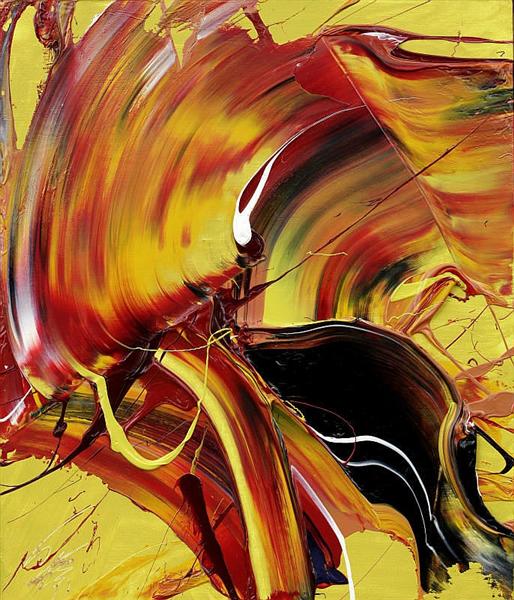
The feelings that we get, which is derived from the viscera and body chemistry, is coupled to the perceived environment and that helps us understand our situation and be prepared for complex action. Our bodies and brain assimilate the information of the world and combine it with perceptions to create a mental existence.
“A unit of consciousness—a moment of awareness—consists in a coupling of these two things: a momentary state of the core self in relation to its concurrent surround of objects. The essence of consciousness is therefore a relationship: “I feel like this in relation to that.”
Solms & Turnbull
“The essence of mental life and of bodily life are one, namely, ‘the adjustment of inner to outer relations.’”
William James
We have this mental life, as do other animals, because a perceptions and feelings are examined to create a story and inform an action. The gathering of that information and its funneling into the direction of attention, action, and thoughts, is the content of our Subject. The interaction between these active and perceptive elements functions to create a continual impression of a sensible world: the subjective world we live in and cannot escape. However, we do have the power to live in this mental space and actively manipulate, adjust, and change our Subject.
Subjectivity and Health
The feeling of our subjective experience gives us the opportunity to feel, suffer, and want, and therefore, to be relieved and satisfied. These things do not exist in a perception-reaction system—there is no need to experience an automatic process. There is need to experience an integrated situation of several automatic perceptual processes to guide one’s future actions. Rather than automatic reactions, we experience this guidance as choice. We can apparently choose our path by seeing a fuller situation.
If one’s situation is damaged, one’s experience is damaged. Much of the damage to our world cannot be repaired, so how do we repair the damage to our subjectivity? What choices lead to a healthy life?
In his lyric essay “Damage” Wendell Berry suggest the resolution of this damaged consciousness is art. Making good art is the choice to repair one’s subjective world, even if it does not change the underlying reality. It is the antidote to damage of the Subject.
I will end with an excerpt from the essay.
If I live in my subject, then writing about it cannot “free” me of
it or “get it out of my system.” When I am finished writing, I can
only return to what I have been writing about.
While I have been writing about it, time will have changed it.
Over longer stretches of time, I will change it. Ultimately, it will
be changed by what I write, inasmuch as I, who change my sub-
ject, am changed by what I write about it.
If I have damaged my subject, then I have damaged my art.
What aspired to be whole has met damage face to face, and has
come away wounded. And so it loses interest in both in the anes-
thetic and in the purely esthetic.
It accepts the clarification of pain, and concerns itself with heal-
ing. It cultivates the scar that is the course of time and nature
over damage: the landmark and mindmark that is the notation
of a limit.
To lose the scar of knowledge is to renew the wound.
An art that heals and protects its subject is a geography of scars.

